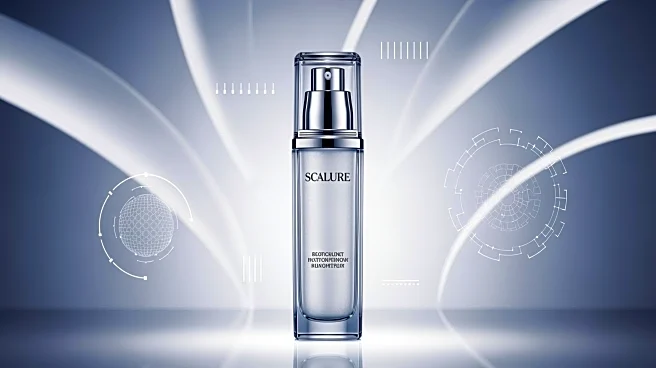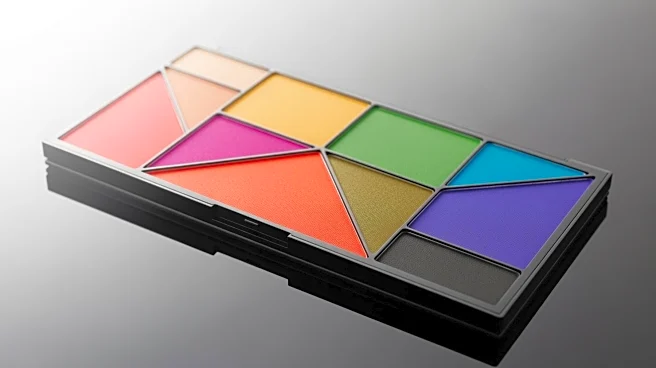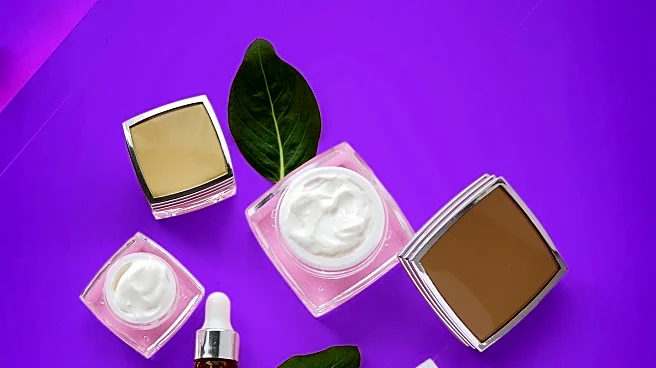What's Happening?
Non-surgical cosmetic procedures have gained significant popularity, with more than 20 million such procedures performed globally last year, according to a 2024 survey by the International Society of Aesthetic
Plastic Surgery (ISAPS). This marks a 40% increase in both surgical and non-surgical procedures over the past four years. The most sought-after non-surgical treatments include botulinum toxin (Botox), hyaluronic acid, chemical peels, and nonsurgical fat reductions. These 'tweakments' are designed to be subtle and less invasive than traditional surgeries. The trend has been embraced by celebrities, many of whom have openly discussed their experiences with these procedures.
Why It's Important?
The rise in non-surgical cosmetic procedures highlights a shift in the beauty industry towards less invasive options that offer quicker recovery times and less risk compared to traditional surgeries. This trend reflects changing consumer preferences for subtle enhancements over dramatic changes. The increasing openness of celebrities about their cosmetic choices may further normalize these procedures, potentially influencing public perception and acceptance. The growth in this sector also suggests economic opportunities for practitioners specializing in non-surgical aesthetics, as demand continues to rise.
What's Next?
As non-surgical procedures become more mainstream, it is likely that innovation in this field will continue, with new techniques and products being developed to meet consumer demand. Regulatory bodies may also need to adapt to ensure safety and efficacy standards keep pace with the growing market. Additionally, the influence of celebrity endorsements could lead to increased interest and acceptance among the general public, potentially expanding the demographic reach of these procedures.
Beyond the Headlines
The increasing popularity of non-surgical cosmetic procedures raises questions about societal beauty standards and the pressure to maintain a youthful appearance. It also highlights ethical considerations regarding the marketing of such procedures, particularly to younger audiences. As these treatments become more accessible, there may be a need for greater public education on the risks and benefits to ensure informed decision-making.











